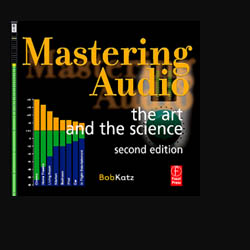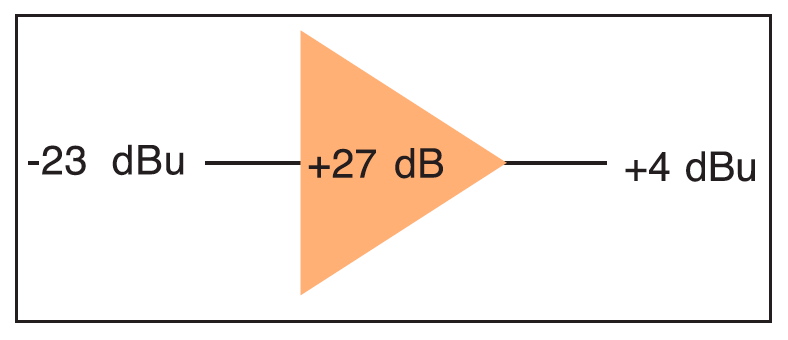
6. ATTENUATION…when expressed in dB is an optional term for negative gain, e.g. a loss. Examples: 20 dB attenuation is the same as -20 dB gain.
5. SOUND PRESSURE LEVEL (SPL)… is a measure of sound pressure in dB relative to 0.0002 dyne/cm2 (0 dB SPL). 74 dB SPL is the typical level of spoken word 12 inches away, which increases to 94 dB SPL at one inch distance.
While we often see language like 95 dB SPL loud, this is both inaccurate and ill-defined, as loud refers to the user’s perception, and SPL to the physical intensity.
4. LOUDNESS… is used specifically and precisely for the listener’s perception. Loudness is much more difficult to represent in a metering system, in fact, it’s best presented as a series of numbers rather than as one overall figure of “loudness.”
Two pieces of music that measure the same on a flat level meter can have drastically different loudness. A true loudness meter makes a complex calculation using SPL, frequency content, and duration.
Exposure time also affects our perception; after a five minute rest, the music seems much louder, but then we get used to it again—another reason why it is wise to have an SPL meter around to keep us from damaging our ears.
3. INTRINSIC LOUDNESS…In the first edition I invented a term “absolute loudness”, but it wrongly gives
the impression that we somehow have control over the consumer’s volume control.
So I’m replacing that with a new term intrinsic loudness, which I define as the loudness of a program before the level is adjusted using the monitor control.

Since there is no SPL reference in a digital file, intrinsic loudness has no absolute units, but the term can be used in a relative way.
We can compare two programs’ intrinsic loudness by switching between them, adjusting the monitor control until they sound equally loud, and noting the decibel difference in the monitor positions.
Then we can say that program 1 has “2 dB more intrinsic loudness than program 2” though, for brevity, I may say program 1 is 2 dB “louder”, using quotation marks.
When I use the term hot CD or hot master, I am referring to a recording which has a high intrinsic loudness. Our perception of the program’s loudness is also affected by the behavior of the monitor DAC.
For if a program is so distorted that its analog reconstructed level would cause a certain DAC to overload, this DAC may appear louder due to the high frequency distortion.
Intrinsic loudness would not have been a meaningful term in the analog era because analog tapes and LPs do not have a consistent reference, but with digital 0 dBFS is always the same.
